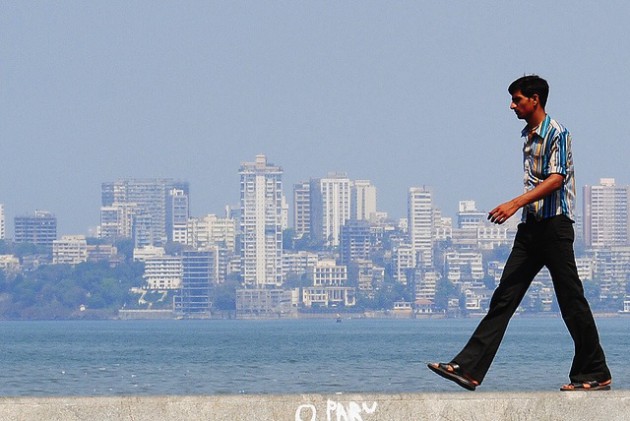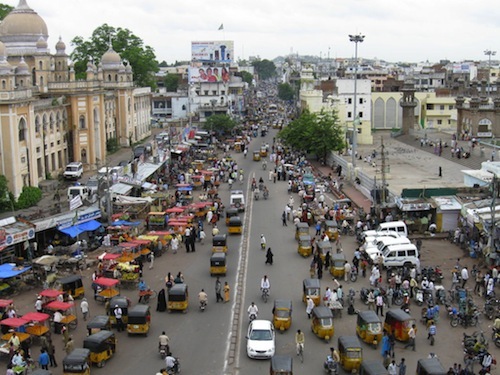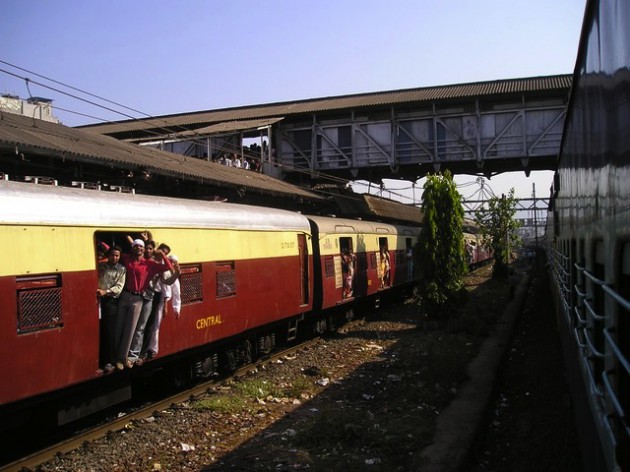5 Things To Know Before Moving to India
As its economy grows by leaps and bounds, emigration to India is becoming a reality for many investors, working professionals, English teachers, or really any traveler interested in experiencing life in a wildly different way. If you are considering making this exciting move, be prepared for at least a moderate amount of culture shock when you arrive. Here are a few things you may not have been expecting about life in India, which will allow you to acclimatize as quickly as possible.
1. Labor is incredibly cheap. This may affect you in different ways; if you are moving to India to seek employment, don’t get your hopes up for a high salary. However, keep in mind that cost of living is much lower as well. If you are moving to India to invest or start a company, you can expect to have quite a high standard of living. Domestic labor, such as maids and cooks, is so affordable that many middle-class families have at least two servants in their employment.
2. The family plays a very important role in Indian culture. India has a very hierarchical culture, and people are born into castes that define them for the rest of their lives. The family unit is very important to society, consisting of a group of male relatives, their wives, and any unmarried women who have not yet moved away. Reverence for one’s elders is a virtue instilled in Indians since childhood, and they are often shocked at the way Americans disregard their elders.

Photo by Sarah Jamerson
3. There is a high level of paternalism. Still a conservative culture in many ways, it is customary, especially in more rural parts of India, to exclude women from public life and have them wear veils, a practice known as “purdah”. This is slowly vanishing as education and opportunities for Indian women become more widespread, but still in many cases the women in a family will give way to a male authority figure.
4. The streets are loud and crowded. Everyone has seen the depictions of big cities like Mumbai as being a chaotic throng of pedestrians, cars, motorcycles, tuk-tuks, stray dogs, cows, and more. Even in smaller towns and villages, this is pretty accurate—India boasts a population of 1.2 billion, so you can count on being jostled a fair deal whenever you set foot out your door. Conversely, many Indians who visit the United States find empty roads in the suburbs lonely!
5. You will get sick. There’s no way of avoiding it no matter how many precautions you take. You could drink only bottled water and eat only packaged food—which would be a shame, as eating Indian street food is a crucial experience for anyone who goes to India—and you would still have gastrointestinal havoc wreaked on your system. The sooner you resign yourself to that fact, the easier it will be to get through it.
6. You’ll want to learn Hindi. Outside of Hindi, citizens of India speak English more than any other language. In fact, if you combined all the English speakers in India, you would conglomerate an amount of English speakers double the size of Britain’s population. However, if you want to stand out in the business community, knowing Hindi will get you ahead. Everyday life, as well, will become significantly more “do-able” should you have a bit of Hindi under your belt. If you are planning a trip to India in the near future, get started learning Hindi as soon as possible. Send us an inquiry and we’ll set you up with lessons specifically catered to your level.


